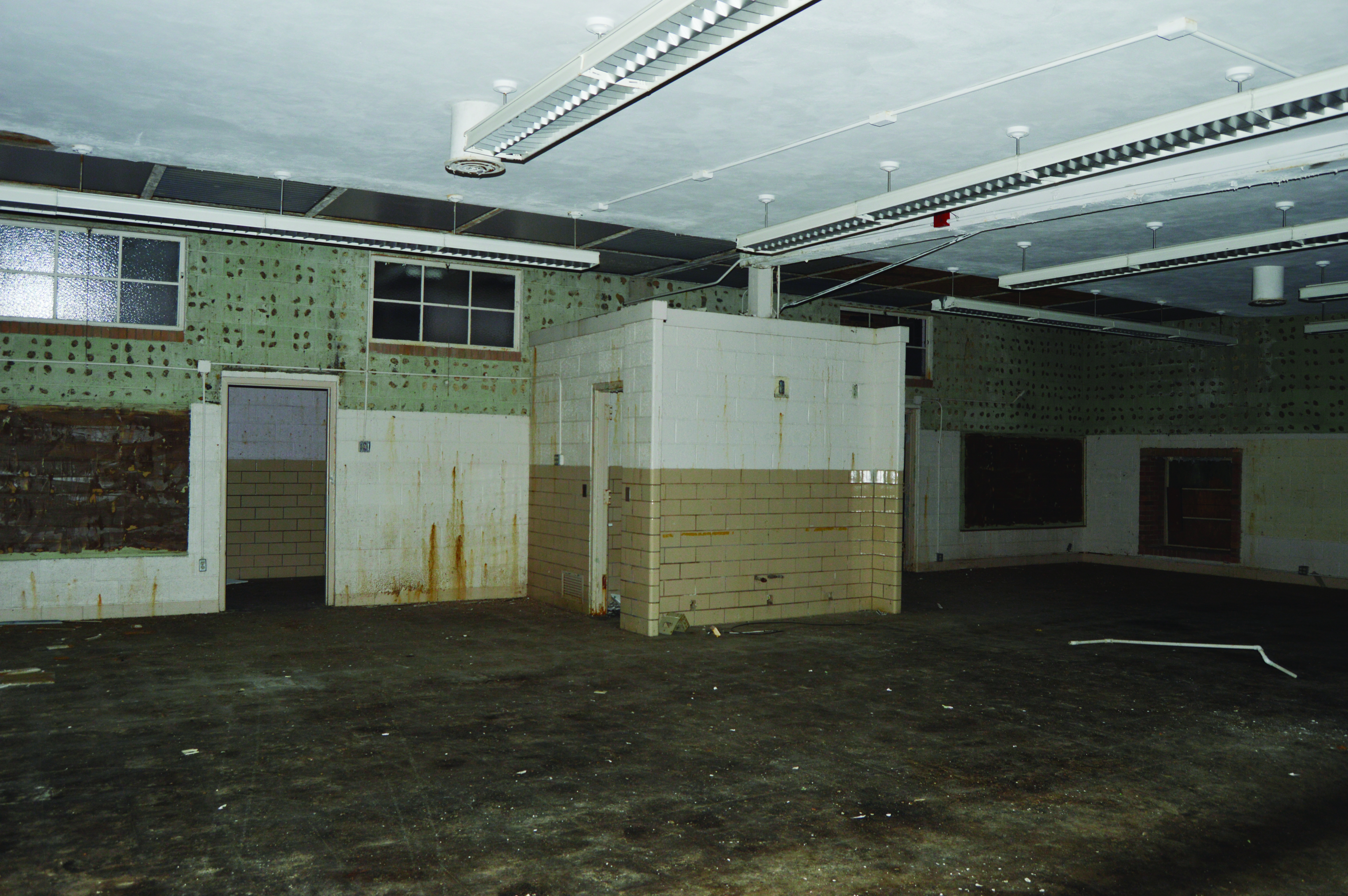
A bright, red roof seems to float atop the condemned building’s ghostly aura. The windows, many of them broken, protect the desolate indoors with metal caging. A sign on the padlocked door warns trespassers to stay out.
Nearby, a lone bulldozer stands silently atop a hill, as if waiting for marching orders.
Throughout Ohio, dozens of old schoolhouses like the New Lexington Elementary School in Perry County await repurposing, remodeling or demolition.
Out with the old, in with the new
Modern, grant-funded public schools are increasingly leaving such smaller, older structures in their wake largely because schools funded through the Ohio School Facilities Commission (OSFC) come with a stipulation: the old building can no longer be used as a school.
Instead, school districts may sell them to a city to be used as administrative or other government offices, or they may be repurposed as a community center or even a church, says Ohio Department of Education’s Associate Director for Media Relations John Charlton.
Some school districts use OSFC money to simply renovate their buildings. In that case, those buildings can still be used as schools.
And though modern education calls for new technology and updated buildings, in the case of several Southeast Ohio school districts, the construction of new buildings means consolidated districts.
One example is Cambridge Local Schools, which went from seven elementary schools to three in 2003 when the schools consolidated. The merger “Dramatically lowered costs for the district,” says Superintendent Dennis Dettra.
Although Dettra acknowledges that “These buildings are not going to last what the old buildings are going to,” he emphasized the new structures’ adaptability to wiring, broadband and other technological needs.
“We can move walls around. We can change classroom sizes. We can do that relatively easy in our new building,” Dettra says. “In the old buildings you were drilling through three to four foot of brick.”
Nothing in Ohio law requires school districts to consolidate; some do it because it saves money. “It’s a local decision based on local determinance: what works best for their community,” says Chief of Media Relations for the Ohio School Facilities Commission Rick Savors. After Cambridge consolidated its schools, Dettra estimates the school saves around $150,000 every year from more efficient buildings.
What those modern buildings boast in function they may lack, as some argue, in aesthetics and local history.
“There’s two sides to every story and there’s two sides to this,” says director of Perry County District Library Melissa Marolt. “You want the best for the children though. That’s the bottom line.”
Calling many of those newly constructed facilities “hideous” and “utilitarian,” Aaron Turner documents the fate of Ohio schools on his website, oldohioschools.com.
“It’s always after the fact that people wish that they had taken pictures,” Turner says. Turner says he documents old school buildings for historical purposes, rather than to affect policy changes.
But “There is that subliminal message of ‘these are gone,’” he says.
Turner started his research project while obtaining his master’s degree at Bowling Green State University.
Perhaps not all of these old school buildings are doomed to dwell in obscurity. In the case of the bright red roof atop the old New Lexington Elementary School, it’s new. The owner is staying quiet about his plans are for the building, but the visible construction equipment, easily mistaken for demolition tools, mean this building will stand.

